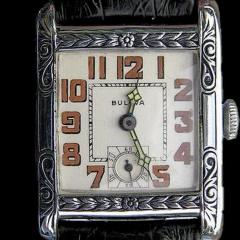PSA: Be very careful using Evaporust. I learned of the downsides... the hard way.
-
Recently Browsing
- No registered users viewing this page.
-
Topics
-
Posts
-
By ManSkirtBrew · Posted
Oh really, like my Seiko 6139? When I pulled out the crown it had 3 positions, so I assumed one position set the day/date. I'll check more closely when I put it back together. Thanks again! -
Hello there! I am restoring a dial need to achieve this same finishing. I've bee through most of the jewellers stores, ebay and aliexpress trying to find the wire wheel he used to produce the sunburst finish. Any idea where I could buy this wire wheel?
-
One of the reverser wheels came off with the bridge but they are interchangeable. The Bulova tech sheet also has a diagram (attached). I thought your date corrector looked like it was in the correct position. Just to confirm, the quickset works by pulling and then pushing the crown in and out to advance the date. Bulova_11 AOAC, D, B.pdf
-
sometimes the barrel bridge is rubbed too, causing more movement, I assume as said above the setting lever is like new? you can get a small chuck to hold it in your Dremel like you said fine abrasive/grit, might be difficult to keep even, good luck anyway......
-
I saw one on eBay today in Canada for less and said it was NOS, that is one expensive part...
-







Recommended Posts
Join the conversation
You can post now and register later. If you have an account, sign in now to post with your account.
Note: Your post will require moderator approval before it will be visible.